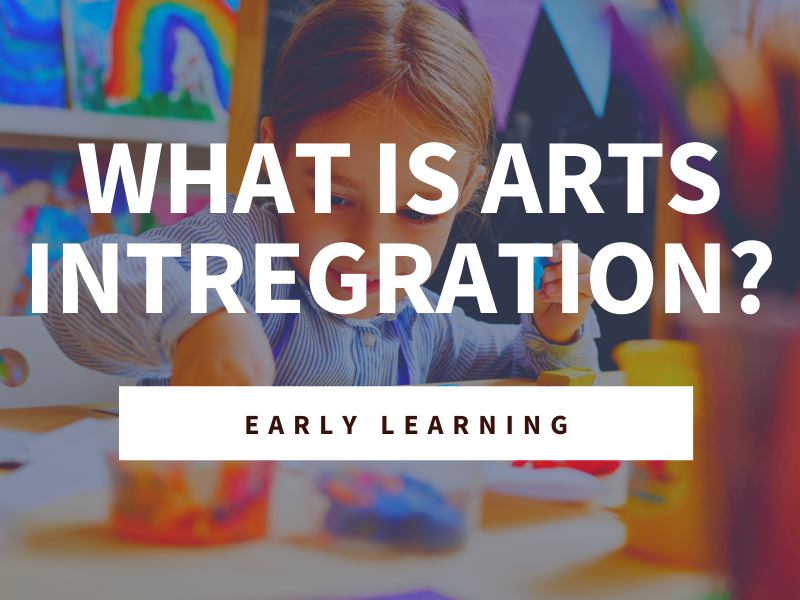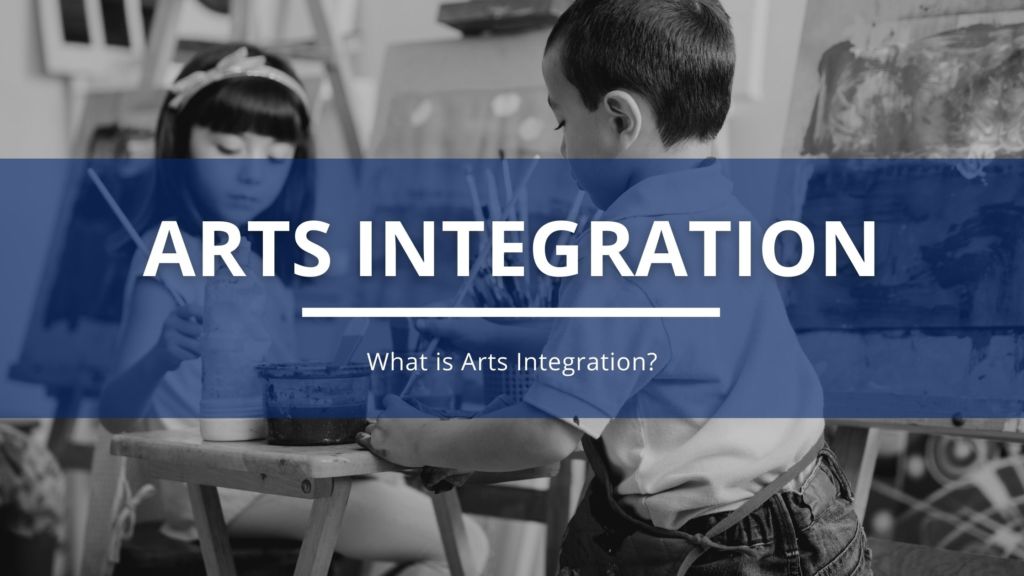Arts Intergration What It Is and What It Is Not
What is Arts Integration?

The Kennedy Center offers a comprehensive definition of Arts Integration:
"Arts Integration is an approachtoteachingin which students construct and demonstrateunderstandingthrough an art form. Students appoint in aartistic process whichconnectsan fine art class and some other subject surface area and meetsevolving objectives in both."
According to The Kennedy Center,Arts as Curriculum are the arts programs that many schools offer: music, drama, trip the light fantastic toe, theater and are offered for students to develop knowledge and skills in a particular fine art form guided by national, country, or local standards for each of the art forms.
Arts-Enhanced Curriculum is when the arts are used as a device or strategy to support other curriculum areas, merely there are not objectives in the art form explicitly being taught. For case, using music to teach letter names and sequence in the alphabet is an arts enhancement. Music is used as a means to other ends, just students are not unremarkably expected to learn well-nigh melody, musical concepts, or singing skills. Arts-enhanced curriculum acts as a "hook" to appoint students in learning other content and educators demand little or no grooming in the art form.
In Arts-Integrated Curriculum, the arts go the approach to teaching and the vehicle for learning. Students are engaged in dual learning objectives as they engage in the creative process to explore connections between art forms and other subject areas to gain greater cross-cutting understandings. The experience is mutually reinforcing and results in deeper meaning-making in both the arts and other curricular areas. Arts-Integration requires that educators appoint in professional learning about arts standards and how to authentically connect the arts to the curriculum they teach.
Educators, schools, students, and communities benefit from knowing the different means that arts can be present in schools. When nosotros don't make the distinctions, opportunities tin exist missed, programs tin lack clarity, and the arts can seem too unwieldy to incorporate into everyday exercise. Past making the distinction amidst the different approaches to the arts in schools, educators can focus their pedagogy, get clear about outcomes for students, and select the most appropriate approaches based on their goals. Ultimately, school communities are all-time served when all variations of the arts in education are present.
Why Arts Integration?
There are two big reasons why arts integration is constructive: arts integration practices are aligned with how students learn and arts integration energizes educators by providing increased professional satisfaction. (Source: Why Arts Integration? Two Big Reasons Why are educators interested in arts integration?)
Inquiry well-nigh how humans learn supports arts integration, which provides learning experiences that are active and experiential, accessible, authentic, reflective, social, collaborative, dynamic, evolving, and focused on problem-solving. Because arts integration aligns with how humans learn all-time, students find it meaningful, relevant, and engaging.
Not simply is arts integration engaging and motivating for students, educators oft regain a sense of efficacy when they meet the positive impact of arts integration on their students' learning. Arts integration offers a powerful way for educators to render to the joy of teaching that aligns with current best practices and encephalon research.
Arts Integration Supports Individual Needs
Arts integration is powerfully aligned with the principles of Universal Design for Learning (UDL) and provides a range of options for accessing, using, and engaging with learning materials to suit the broad spectrum of learner variability in every classroom. The options provided through UDL reduce barriers in the learning environment for all students while keeping expectations high.
Arts integration is an inclusionary approach to instruction that supports all students including students with disabilities, English linguistic communication learners, students experiencing trauma and/or conflict, and students identified equally gifted and talented. This approach is an educationally powerful way to provide "whole, healthy, and connected ways to learn" that support the tenets of Whole Child initiatives: physical and emotional safety, active engagement, personalized and challenging learning.

Co-ordinate to The Kennedy Eye:
"Arts Integration, equally an approach to teaching and learning, supports many tenets for the development of the whole child by providing emotional safety, promoting full engagement in learning that is personally meaningful and challenging. The arts offer wholeness to learning that integrates though, feeling, and action, weaving together "the threads that connect heed, body, and spirit."
Additional Resources
This article was written by Josie Komorowski – NCESD Early Learning Coordinator
Published August 26, 2021

Source: https://www.ncesd.org/news/what-is-arts-integration/

Post a Comment for "Arts Intergration What It Is and What It Is Not"